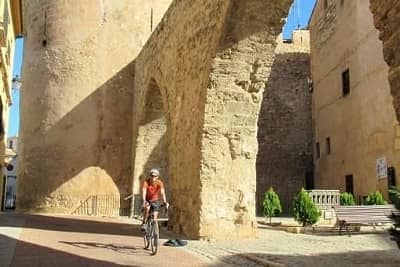Paella Valenciana
Paella is probably the most famous of all Spanish dishes. The famous rice dish originates from the Valencia region, specifically from the large Albufera lagoon, just to the south of the city of Valencia.
Although it is now common to find Paellas containing seafood, meat and all kinds of vegetables, Paella Valenciana is very specific in its ingredients.
Over the following two hundred years, it has taken an increasingly central place in Valencian culture. It is cooked at many festivals and occasions, including Las Fallas, weddings, birthdays, Easter and even Christmas. It is traditionally eaten only at lunch, and most people in Valencia will only cook it at the weekend.
In addition to these, a paella valenciana must also contain rice, olive oil, saffron, seasoning and stock.
The meat is seasoned and browned first, before the vegetables are added (you can also choose to add some tomato and peppers at this stage). Water and salt are then added and left for around half an hour, to produce the all important stock. Finally, the rice and saffron are added to the pan; and the dish is ready to serve once the rice is cooked through.
Another important step is to start to caramelise the rice just before serving. When nearly all of the stock has been absorbed by the rice or boiled away, turn up the heat for a quick blast. Be careful not to burn the rice, but try to colour it just enough so that it becomes slightly sticky and released more flavour.
Within the city of Valencia, the districts of Malvarossa and Cabanyal are among the places to go for the best paella. These barrios are situated close to the beach and are the traditional fishing neighbourhoods, and so seafood paellas are also very popular.
If you would like to try an authentic Paella Valenciana, why not join us on our cycling holiday in the region, which also has a general focus on the excellent gastronomy of Spain. Check out the links below for full details and the tour itinerary.
Although it is now common to find Paellas containing seafood, meat and all kinds of vegetables, Paella Valenciana is very specific in its ingredients.
History of Paella
Paella is a dish that evolved over time. The eating of rice as a staple food became common during the Moorish rule of Spain. It was not, however, until the early 19th century that the term paella became commonly used for the dish (rather than for the name of the pan the dish is cooked in).Over the following two hundred years, it has taken an increasingly central place in Valencian culture. It is cooked at many festivals and occasions, including Las Fallas, weddings, birthdays, Easter and even Christmas. It is traditionally eaten only at lunch, and most people in Valencia will only cook it at the weekend.
The Ingredients
Most notably perhaps, there are no mussels, prawns or squid in Paella Valenciana; in fact, there is no seafood at all. The protein is provided by chicken, rabbit and snails; while green beans and butter beans are added for some vitamins.In addition to these, a paella valenciana must also contain rice, olive oil, saffron, seasoning and stock.
How the Paella is Cooked
A traditional paella should be cooked on a paella pan, over a pile of wood. While it is common to see this in festivals in the Valencia region, and also in some restaurants, most people nowadays cook it in their house on a standard hob.The meat is seasoned and browned first, before the vegetables are added (you can also choose to add some tomato and peppers at this stage). Water and salt are then added and left for around half an hour, to produce the all important stock. Finally, the rice and saffron are added to the pan; and the dish is ready to serve once the rice is cooked through.
What Makes a Good Paella
The most important ingredient to a good paella is the stock. A good stock will make cheap ingredients taste amazing, and a bad stock will make high quality ingredients tast average. The stock is produced by effectively boiling the water with the browned chicken and rabbit (both of which are cooked on the bone). It is not an easy skill to get the ideal combination of water and salt to produce a flavoursome stock, so it is a good idea to add a little at a time, tasting it frequently.Another important step is to start to caramelise the rice just before serving. When nearly all of the stock has been absorbed by the rice or boiled away, turn up the heat for a quick blast. Be careful not to burn the rice, but try to colour it just enough so that it becomes slightly sticky and released more flavour.
Where to Eat Paella?
Within the Valencia region, the Albufera Natural Park is generally recognised as being home to the finest paella restaurants. This is where the rice is grown and where the dish is always prepared in an authentic and traditional manner.Within the city of Valencia, the districts of Malvarossa and Cabanyal are among the places to go for the best paella. These barrios are situated close to the beach and are the traditional fishing neighbourhoods, and so seafood paellas are also very popular.
If you would like to try an authentic Paella Valenciana, why not join us on our cycling holiday in the region, which also has a general focus on the excellent gastronomy of Spain. Check out the links below for full details and the tour itinerary.
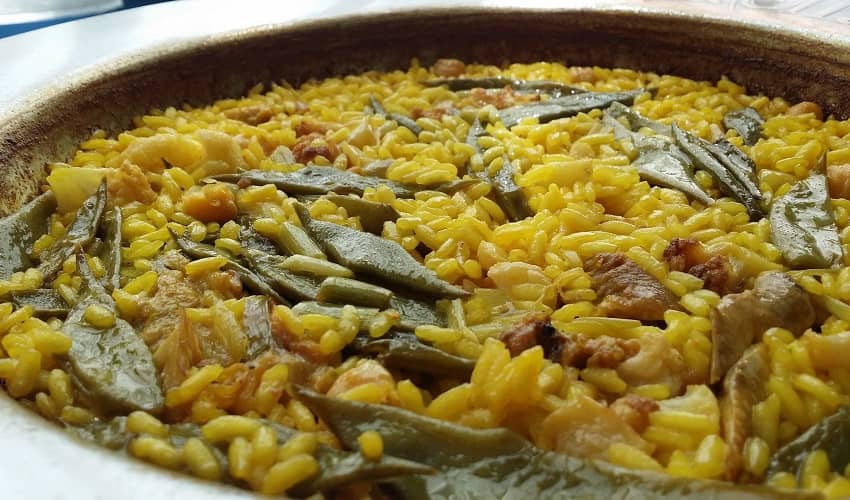
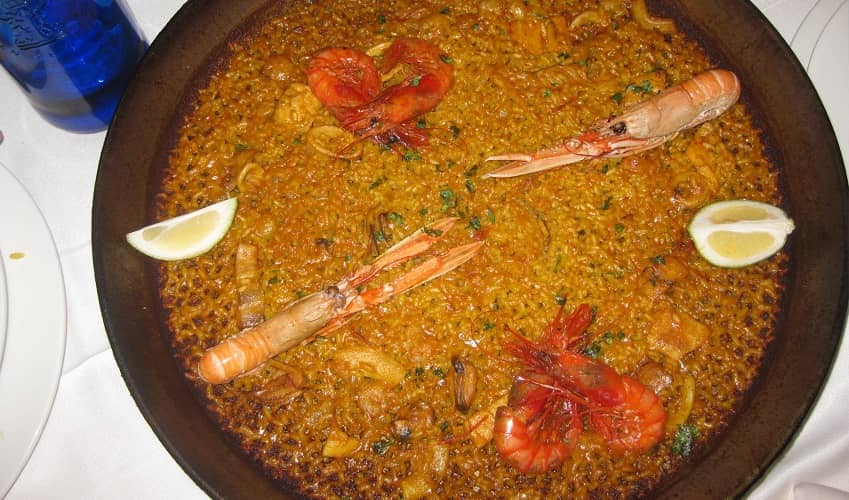
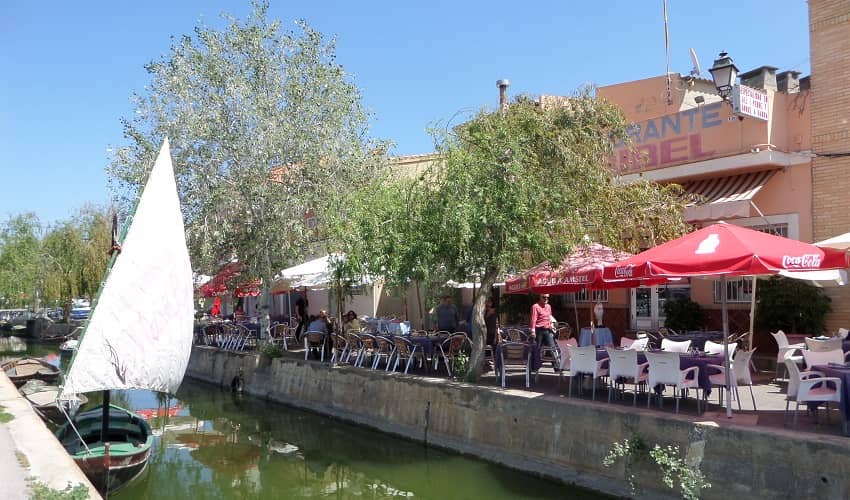
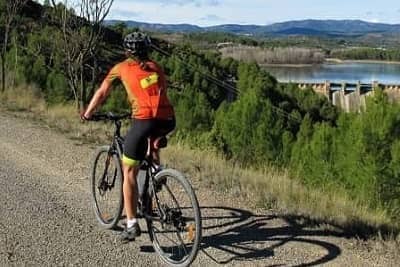
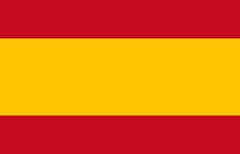 Spain
Spain
